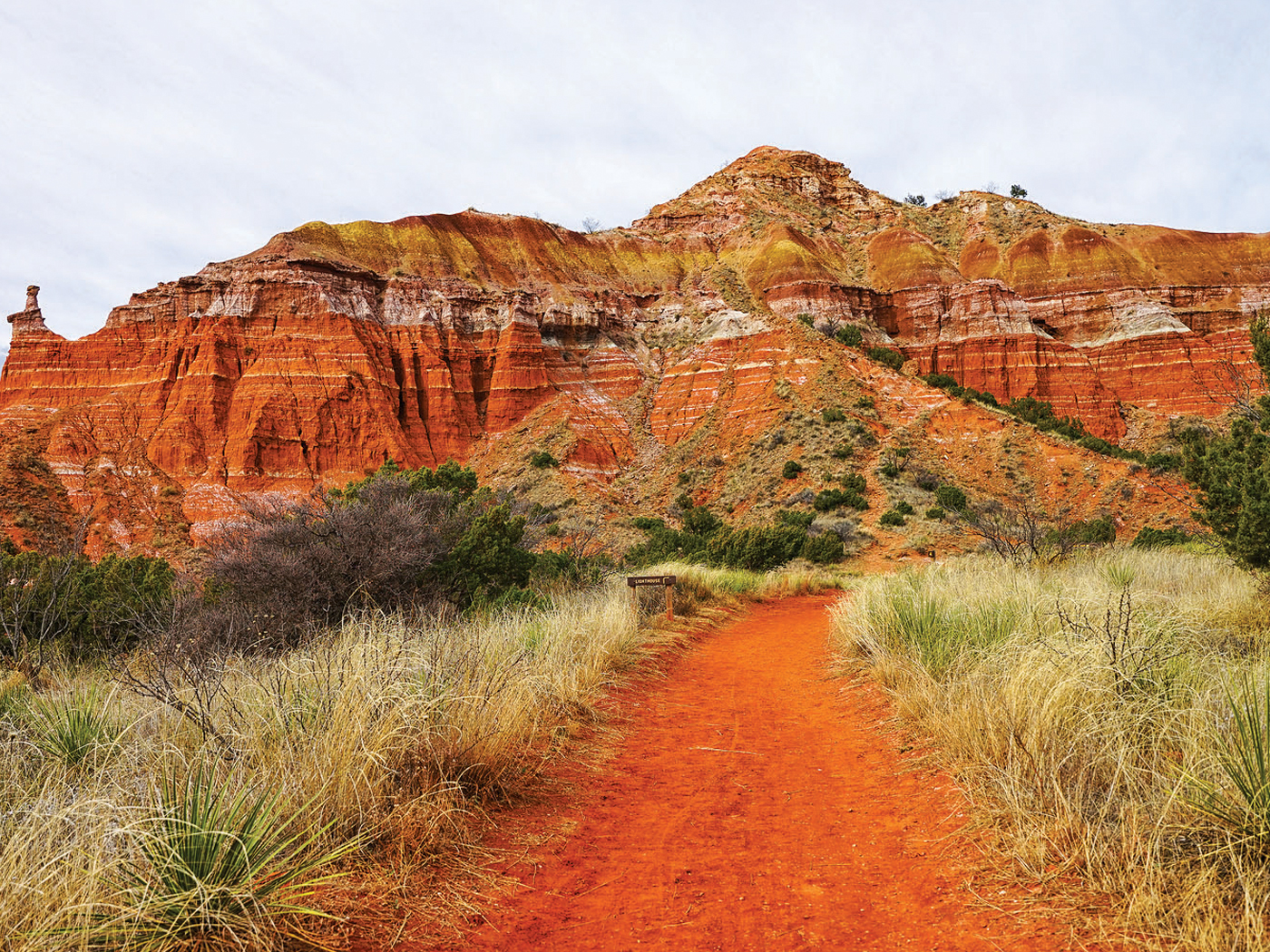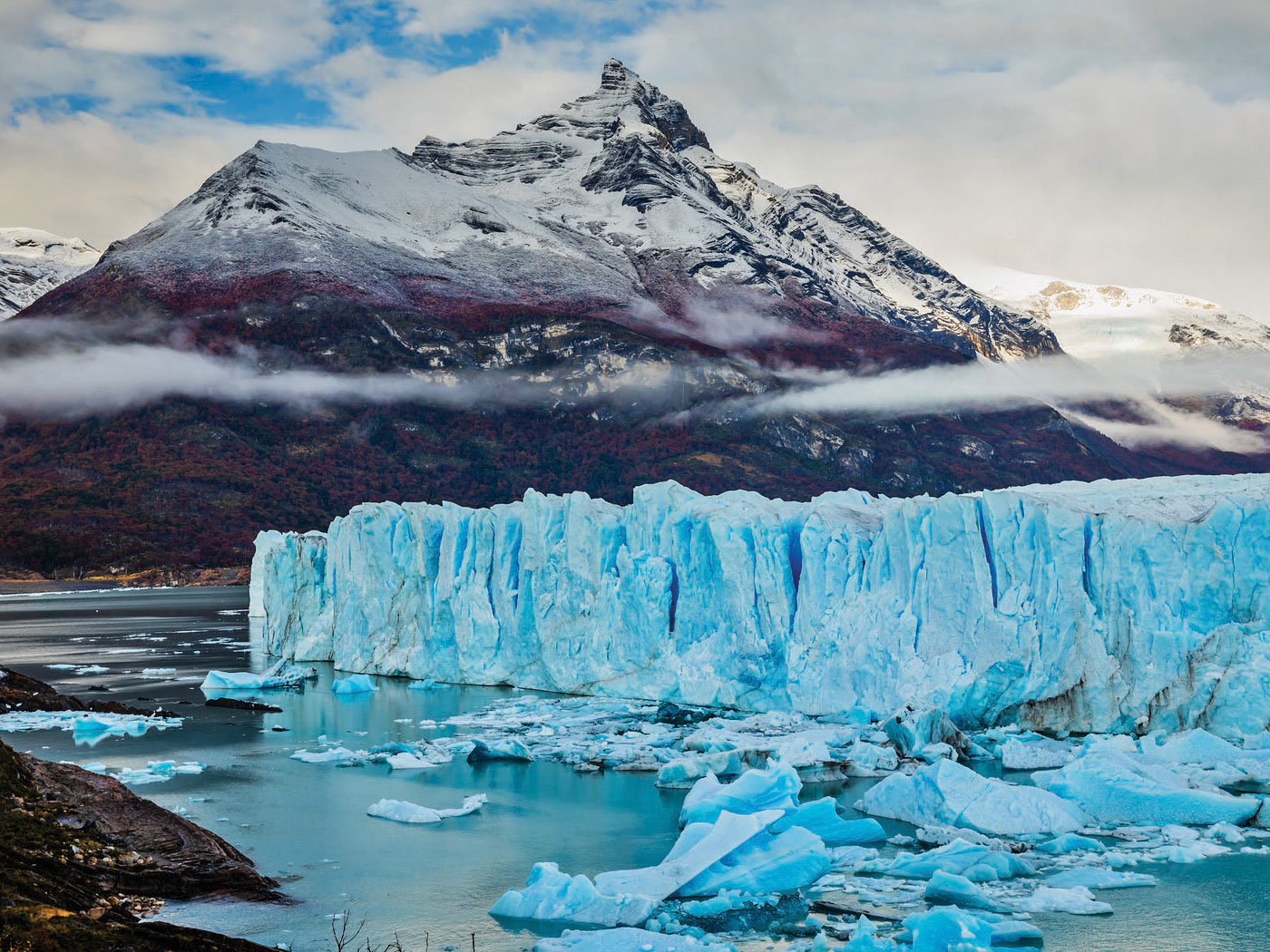One of the most interesting passages in Genesis is that found in Genesis 10:25, where it mentions an individual named Peleg, and says, "in his days was the earth divided."
The word translated "divided" is used only a few times in the Old Testament, including a parallel passage in I Chronicles 1:19. Interestingly, the name Peleg is quite similar to the Hebrew word "divided" (Palag).
There have been many treatments of the verse. One suggests that "divided" implies "surveyed" as in divided into grids. Could the early post-Flood inhabitants have explored and mapped the new earth, so radically different from the pre-Flood earth? There are ancient maps and traditions of far-away continents.
Another deals with the possibility of continental separation. Geologists have marshaled much evidence that the continents were once together.
But while continental separation is well supported, it is still unproven, and very likely unprovable. Many competing concepts have been proposed in the geologic literature, and serious difficulties remain, the weightiest of which is the lack of a sufficient mechanism to move the continents. In fact, the most viable concepts are coming from young-earth creationists, employing the overall Flood scenario as the mechanism and timing for the separation. At least the destruction of the earth's surface at the time of the Flood has the potential to move continents!
But any scheme of rapid separation would itself cause havoc on the earth. If the Atlantic Ocean opened up rapidly, the destructive tsunamis, earthquakes, and volcanoes would make life impossible on earth.
For this reason, I am convinced that Genesis 10:25 should not be understood to imply that "In the days of Peleg the Atlantic Ocean opened up." This would have caused devastation comparable to Noah's Flood, and the Bible has no mention of it. If the continents separated, they did so during Noah's Flood.
The traditional interpretation relates Peleg's day to the division of language/family groups at the Tower of Babel. Comparing the lineage of Shem, which includes Peleg, to the lineage of Ham, which includes Nimrod, leader of the rebellion at Babel, we find it likely that Peleg was born soon after the dispersion (assuming the genealogies are complete). Thus it would have been reasonable for his father Eber to name a son in commemoration of this miraculous event.
One "separator" did occur sometime after the dispersion. The Ice Age, which followed the Flood, would have caused sea level to be an estimated 600 feet lower than today, since such a great volume of water was trapped as ice on the continents. Such a lowering of today's seas would reconnect the continents once again. The connected continents would have aided in both animal and human migration following both the Flood and the dispersion, as commanded by God (Genesis 8:17; 11:4,8,9). Then the ending of the Ice Age and the melting of the ice sheets would cause sea level to rise, covering the land bridges and "dividing" the continents after migration had occurred.
Perhaps this is what happened "in the days of Peleg."
*Dr. John Morris is the President of ICR.


















